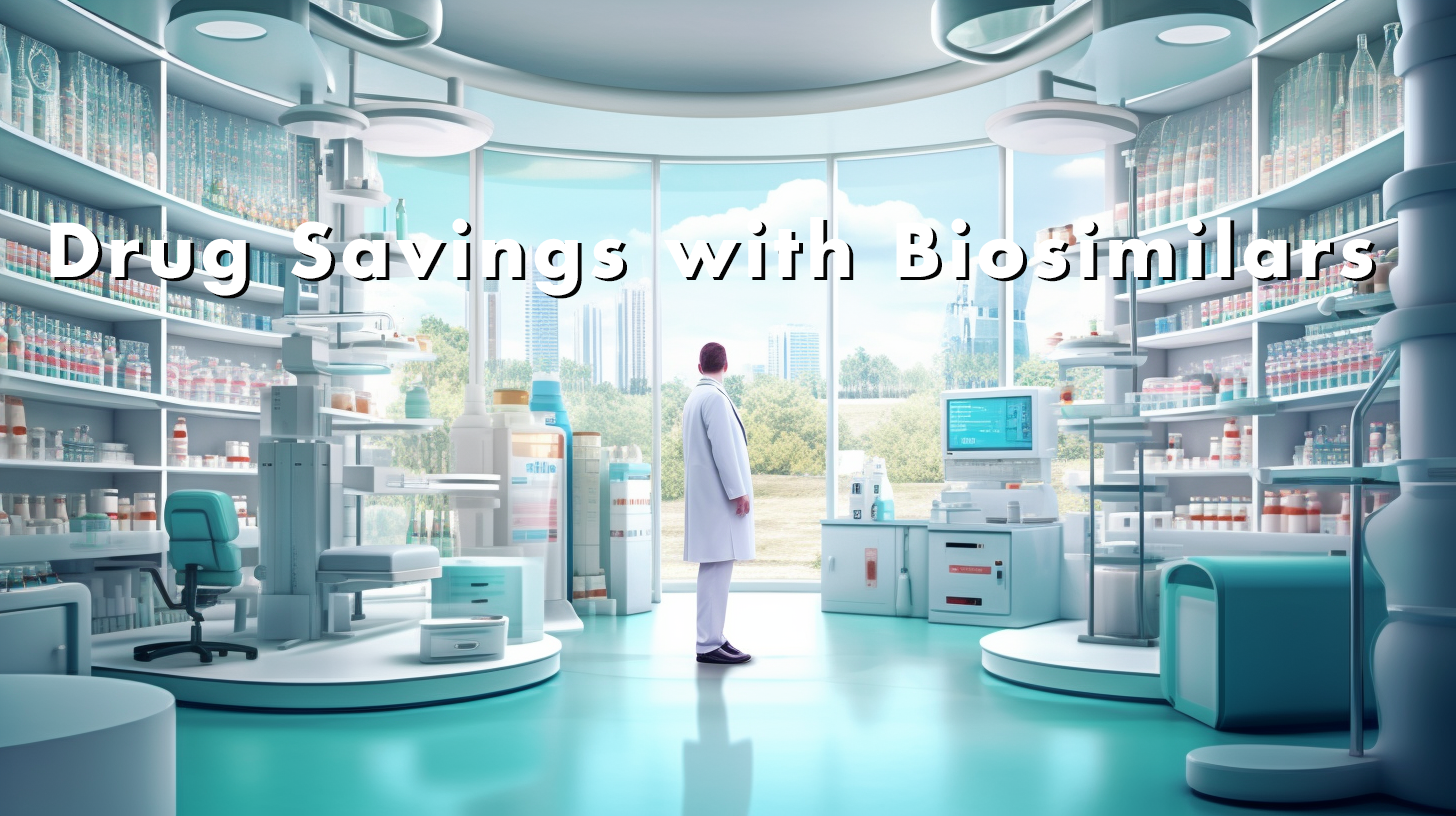The use of biosimilars is increasing. There are currently 40 already approved by the FDA. Biosimilars are a less expensive version of a brand-name biologic medication, making them increasingly popular to control rising drug costs.
Biologics are biological medicines made from living organisms, and they are a relatively new pathway to treat challenging diseases. Biologics are more expensive than traditional drugs because of the highly technical manufacturing process, the different material sources, the structural complexity, and the more rigorous regulatory requirements. For instance, the most effective and popular treatment for arthritis is a biologic called HUMIRA, which costs about $7,000+ out of pocket or $5000 out of pocket per month with insurance. Biosimilars are the generic version of a biologic, but not exactly. They are manufactured versions of the living organisms that make the biologic medicines, which makes the source material less expensive. Also, the regulatory pathway for biosimilars is much easier than for the original drug, so biosimilars are cheaper than their biologic counterpart.
Biosimilars will tackle previously resistant areas for cost reductions – like diabetes and arthritis treatment. Predictions are that the new biosimilars will save as much as generics, which in 2021 saved U.S. consumers about $373 billion. However, pharmaceutical companies have resisted letting go of their monopolies on their brand-name drugs. Congress passed a law in 2010 that forced competition into the market for generics, and the same law worked to push biosimilars. The first biologic biosimilar was approved just five years after the law was passed. Unfortunately, the rollout of new biologics has been slow.
The delay is due to a few factors:
- The structure of the biosimilar is close but different from the original. As a result, the FDA must certify that the biosimilar is therapeutically equivalent before approval and licensing, which is needed, but it delays the process.
- Using a biologic is complex. Most biosimilars are oncological drugs administered via infusion at clinics or doctor’s offices.
- The availability of the new biosimilars remains limited.
- Physicians may not switch over to the new biosimilar for all their patients.
With the right technology, like what RazorMetrics has developed, biosimilars can overcome these hurdles and make a considerable dent in pharmacy budgets. Their drug savings platform analyzes claims data to see what biologic drugs were prescribed and then communicates the new, lower-cost biosimilar to the prescriber. With a 74% physician response rate, the savings from this switch alone equals enormous savings. Our method offers an insurer or self-funded employer the confidence that these cost-saving alternatives are quickly adopted.




